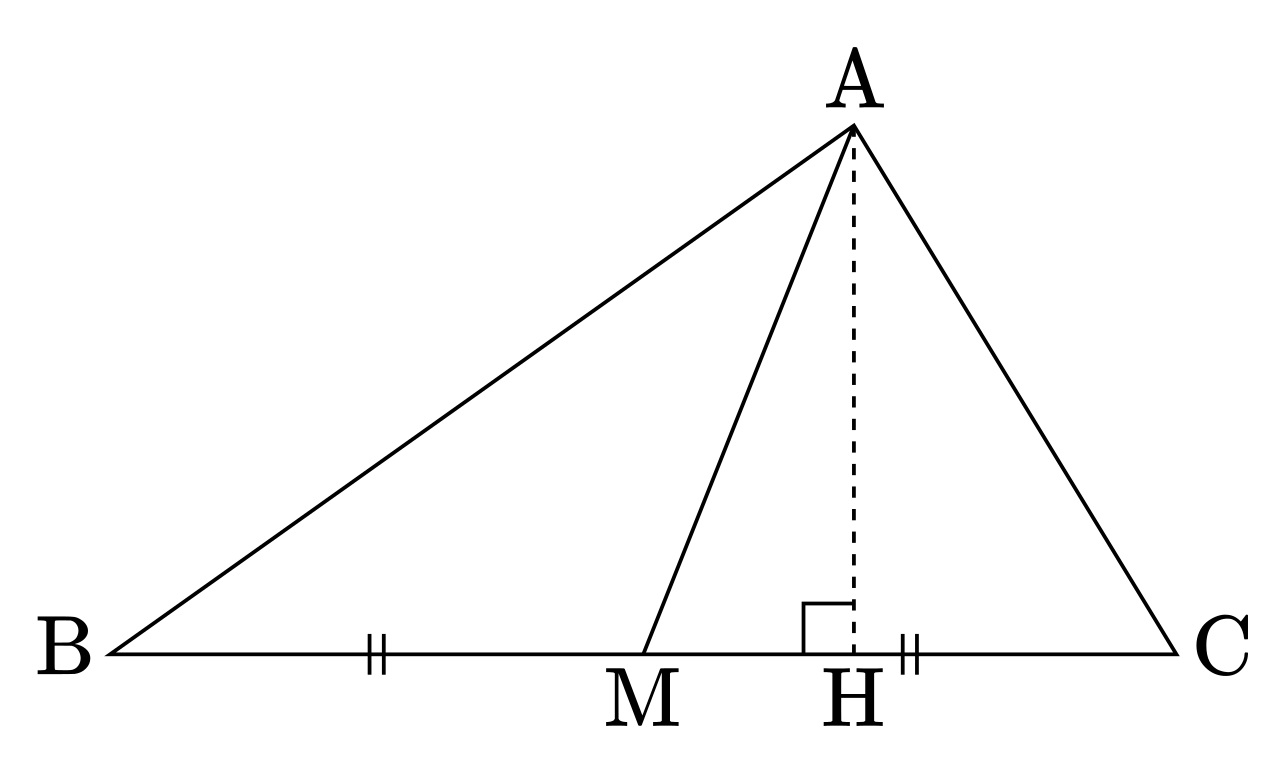
Apollonius's Theorem is a fundamental concept in mathematics that has far-reaching applications in geometry and algebra. Named after the ancient Greek mathematician Apollonius of Perga, this theorem provides a profound understanding of the relationships between circles and their tangents. Delving into the intricacies of this theorem unveils a world of geometric insights and algebraic elegance.
In this article, we will explore 10 essential facts about Apollonius's Theorem, shedding light on its historical significance, mathematical implications, and practical applications. From its origins in ancient Greece to its relevance in modern mathematics, Apollonius's Theorem continues to captivate mathematicians and students alike with its timeless relevance and profound implications.
Join us on a journey through the captivating realm of Apollonius's Theorem as we unravel its mysteries and unveil its significance in the world of mathematics.
Key Takeaways:
- Apollonius’s Theorem, also known as the Apollonius’s Circles, helps us build circles that touch two other circles and a line. It’s like a cool math trick for solving real-world problems in engineering and architecture!
- This ancient math concept by Apollonius of Perga is still inspiring new discoveries today. It’s like a treasure map that leads to more advanced math and helps us understand the world around us in timeless ways.
Apollonius's Theorem is a fundamental concept in geometry.
Dating back to the ancient Greek mathematician Apollonius of Perga, this theorem holds significant importance in the field of mathematics and has practical applications in various real-world scenarios.
It is also known as the Apollonius's Circles.
This theorem deals with the relationship between a pair of circles and a pair of intersecting lines. It provides a method for constructing a circle that is tangent to two given circles and a given line.
Apollonius's Theorem is named after Apollonius of Perga.
Apollonius, a renowned mathematician, astronomer, and geometer, made substantial contributions to the study of conic sections and is best known for his work on the theory of curves.
The theorem involves the concept of radical axis.
The radical axis of two circles is the locus of points at which the power is equal with respect to both circles. This concept plays a crucial role in the understanding and application of Apollonius's Theorem.
It is a significant tool in solving geometric problems.
Apollonius's Theorem provides a systematic approach to determining the properties and relationships of circles and lines, making it an indispensable tool for mathematicians and engineers alike.
The theorem has wide-ranging applications in engineering and architecture.
From designing complex structures to optimizing the layout of mechanical components, Apollonius's Theorem offers valuable insights and solutions in various engineering and architectural endeavors.
It forms the basis for advanced mathematical concepts.
The principles and insights derived from Apollonius's Theorem serve as a foundation for more advanced mathematical theories and applications, contributing to the evolution of mathematical knowledge.
Apollonius's Theorem has historical significance.
As a product of ancient mathematical scholarship, this theorem reflects the intellectual prowess and ingenuity of early mathematicians, showcasing the enduring legacy of mathematical discoveries throughout history.
It continues to inspire mathematical exploration and research.
Apollonius's Theorem remains a subject of interest for mathematicians and scholars, prompting ongoing exploration and analysis to uncover new insights and applications in the realm of geometry and beyond.
The theorem exemplifies the timeless relevance of mathematical principles.
Apollonius's Theorem stands as a testament to the enduring relevance and applicability of mathematical principles, transcending time and continuing to shape our understanding of the world around us.
Apollonius's Theorem, also known as the Apollonius's Circles, is a fundamental concept in geometry that holds significant importance in the field of mathematics and has practical applications in various real-world scenarios. Named after the ancient Greek mathematician Apollonius of Perga, this theorem deals with the relationship between a pair of circles and a pair of intersecting lines. It provides a method for constructing a circle that is tangent to two given circles and a given line. The theorem involves the concept of the radical axis, which is the locus of points at which the power is equal with respect to both circles. Apollonius's Theorem is a significant tool in solving geometric problems and has wide-ranging applications in engineering and architecture. It forms the basis for advanced mathematical concepts and has historical significance, reflecting the enduring legacy of mathematical discoveries throughout history. Furthermore, it continues to inspire mathematical exploration and research, exemplifying the timeless relevance of mathematical principles.
Conclusion
In conclusion, Apollonius's Theorem is a powerful tool in the field of mathematics, offering a profound understanding of the relationships between circles and their tangents. Its applications extend beyond pure mathematics, finding relevance in various scientific and engineering disciplines. By delving into the ten facts about Apollonius's Theorem, we have uncovered its historical significance, practical implications, and theoretical underpinnings. This theorem continues to inspire curiosity and exploration, serving as a testament to the enduring impact of ancient mathematical principles on modern knowledge and innovation.
FAQs
What is the significance of Apollonius's Theorem?Apollonius's Theorem holds significant importance in geometry and trigonometry, providing a fundamental understanding of the relationships between circles and their tangents. Its applications extend to various fields, including physics, engineering, and computer graphics.
How can Apollonius's Theorem be applied in real-world scenarios?Apollonius's Theorem finds practical applications in diverse areas such as robotics, satellite trajectory calculations, and geometric modeling. Its principles are utilized in designing mechanical linkages, analyzing planetary motion, and determining optimal paths for vehicles and robotic arms.
Was this page helpful?
Our commitment to delivering trustworthy and engaging content is at the heart of what we do. Each fact on our site is contributed by real users like you, bringing a wealth of diverse insights and information. To ensure the highest standards of accuracy and reliability, our dedicated editors meticulously review each submission. This process guarantees that the facts we share are not only fascinating but also credible. Trust in our commitment to quality and authenticity as you explore and learn with us.
